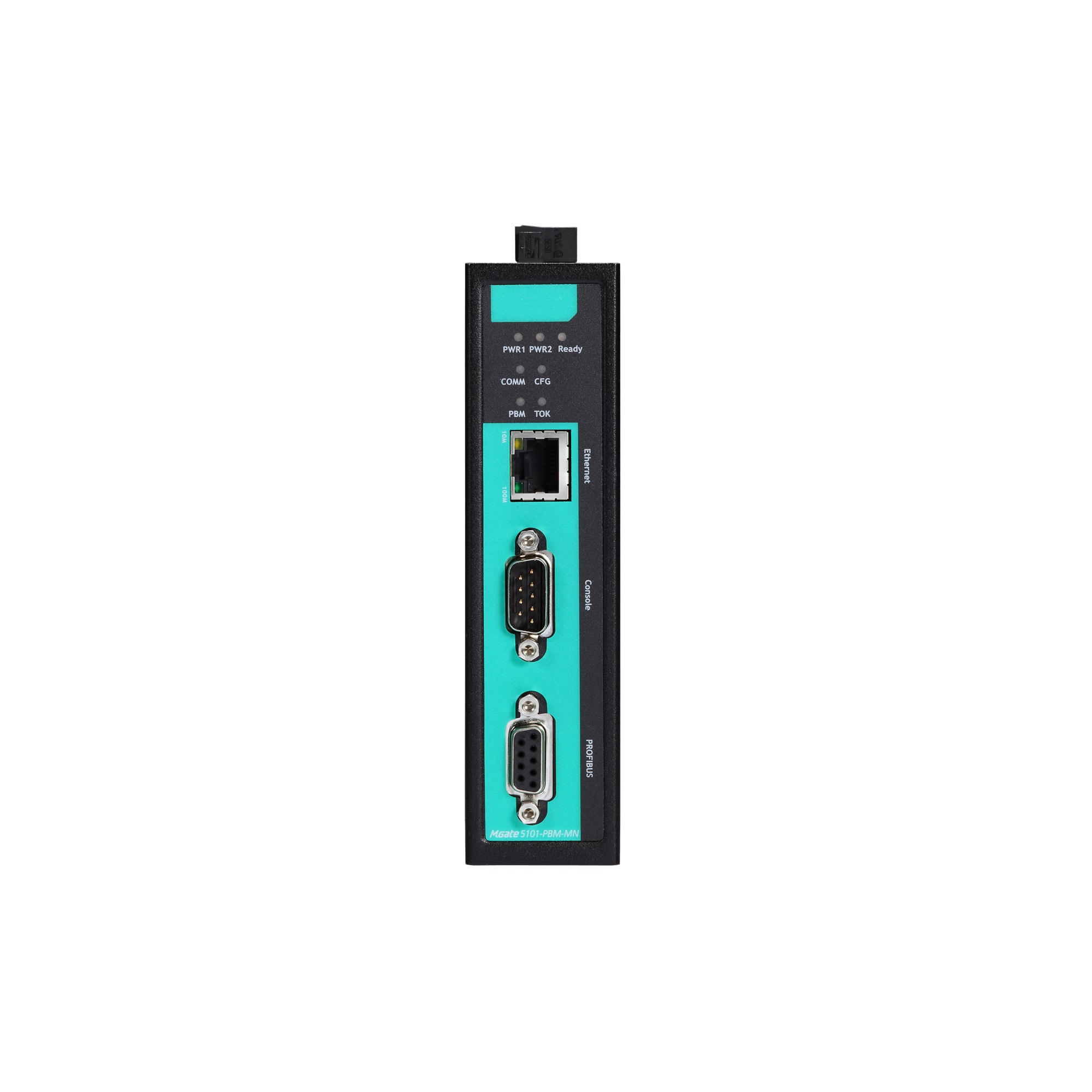Look, it’s a familiar scenario – you’re drowning in a sea of tech frustrations, and failures seem to arise every single time you need efficient control. Ever thought about the impact of using an outdated system? In today’s world, the concept of an industrial io controller is evolving, promising better integration and real-time processing that traditional methods just can’t match. But why does this matter, and how does it affect you?

Traditional Solution Flaws
Now, take a step back and notice how often you stumble upon unresponsive systems – something’s off. Traditional controllers, while once considered the go-to, often fall short in flexibility and scalability. They overheat during heavy loads, lack real-time monitoring, and seriously underperform when you need speed. With increasing demands for smarter, more adaptive processes in industries today, sticking with the past can seriously hold back progress.
New Technology Principles
Here’s where the **io controller** shines bright — using cutting-edge principles like edge computing and advanced biocompatibility. This technology lets data flow from devices in real-time, providing seamless integration with existing systems. It’s built to adapt, to learn, and to make decisions based on live data. So, when everything’s interconnected, your operations can be smoother and more efficient than ever before. Think about less downtime and more productivity, my friend.

Quantified User Benefits
Users who’ve made the jump to an **industrial io controller** can testify to the benefits – think faster data processing, lower operational costs, and a marked increase in system reliability. Companies report up to a 30% efficiency gain, which is a game changer in any industry. Why would you want to settle for less? When you choose the right io controller, you’re not just upgrading – you’re stepping into the future of technology.
Conclusion: What to Consider When Choosing
Alright, so before you rush in to pick a solution, always verify these 3 metrics when choosing solutions: ① Performance capabilities ② Response time ③ Compatibility with existing systems. Taking the time to evaluate these factors can save you colossal amounts of hassle later down the line. So, take it to heart — make informed choices, and you’ll set yourself up for success in the long run.
Switching gears, let’s dive deeper into the specifics of the industrial io controller. This kind of controller is designed to handle all sorts of applications, from factory automation to smart home technologies. What’s more, they’re built tough, optimized for durability and performance in demanding environments. The key is to make sure it suits your specific needs, whether you’re looking for low-latency control tracking or robust network interfacing.
If you’re still on the fence, consider how an industrial io controller enhances safety protocols within your systems. With built-in monitoring capabilities, these controllers can prevent failures before they escalate, keeping operations smooth and secure. Plus, it’s easier to troubleshoot issues in real-time, letting you take control instead of losing time and resources. Ultimately, investing in modern technology means stepping forward and embracing change in your workflows.
In summary, when thinking about integrating new technology like the industrial io controller, always gauge its performance against your specific needs. Look for manufacturers that provide not just solutions, but partnerships. I recommend checking out DECOWELL for their supply advantages and expertise in this field. They’ve got your back and will help elevate your operations like never before.
